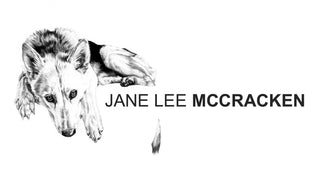Mummy Bear and Baby Bear

Mummy Bear and Baby Bear Brown Bears | In Homage to the Last Great Carnivores of Eurasia2013 black Biro drawing
Mummy Bear and Baby Bear is the first drawing of Brown Bears diptych from the In Homage to the Last Great Carnivores of Eurasia series. A Russian Brown bear treads across the white page with a rich tapestry of symbolism woven through his fur, including an interpretation of artist Anselm Kiefer’s attic. An old soviet war poster was used as inspiration to illustrate the harsh Russian winters faced by female bears and their cubs, a time when hibernating brown bears are most at risk from mankind. Mummy Bear and Baby Bear highlights the practice of den hunting in Russia. Hibernating adult bears are woken by hunters dogs entering their dens. Chased by the dogs, bears are shot as they emerge from their den. This results in the orphaning of cubs if the female bear has produced a litter. Imagery of a bear rug and a hunter's barking dog were inspired by wildlife filmmaker's film Amba the Russian Tiger. Using Anselm Kiefer’s painting, Parsifal III, 1973 as the under layer of the drawing, this piece not only depicts the physical painted elements of Kiefer’s dark den like attic but also Kiefer’s symbolism, his bold challenges of recent history and the fact that Kiefer’s attic represents the origin of time. In Mummy Bear and Baby Bear this signifies man's relationship with the animal kingdom, both good and brutal. Kiefer’s portrayal of the Parsifal Saga and Wagner’s Parsifal Opera include the symbolic holy spear which in this drawing penetrates the cub’s neck creating Jung’s Amfortas Wound - the wound that never heals. Jane’s representation of the Amfortas Wound not only suggests that mankind continues to walk a destructive path despite knowledge and understanding of the consequences of such destruction not only upon ourselves but the environment. It also implies the pain of ‘loss’ that never completely heals. In the centre of the piece, inspired by Viktor Koretsky’s 1942 WWII propaganda poster Red Army Soldiers, Save Us!, a mother bear holds her cub close. With references to the fairy tale Goldilocks and the Three Bears the drawing also poses the question "where’s Daddy bear?”, is he a victim of den hunting? The gun thrust into the faces of Mummy bear and Baby Bear is a WWII Russian PPSH41 Sub Machine gun replacing the German bayonet in Koretsky’s original artwork, suggesting the hunting a national symbol, the Russian brown bear.
